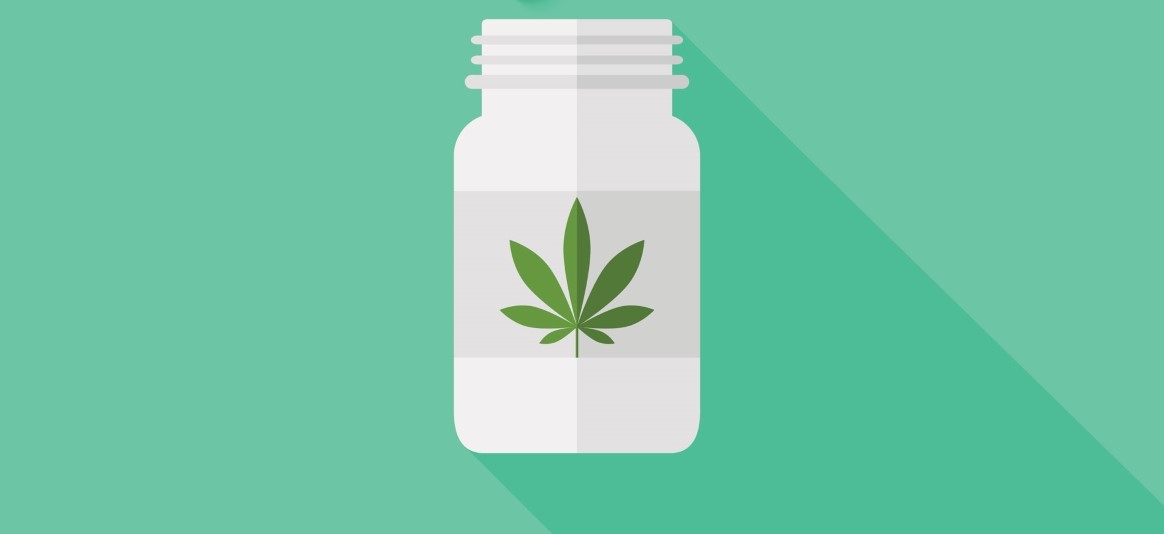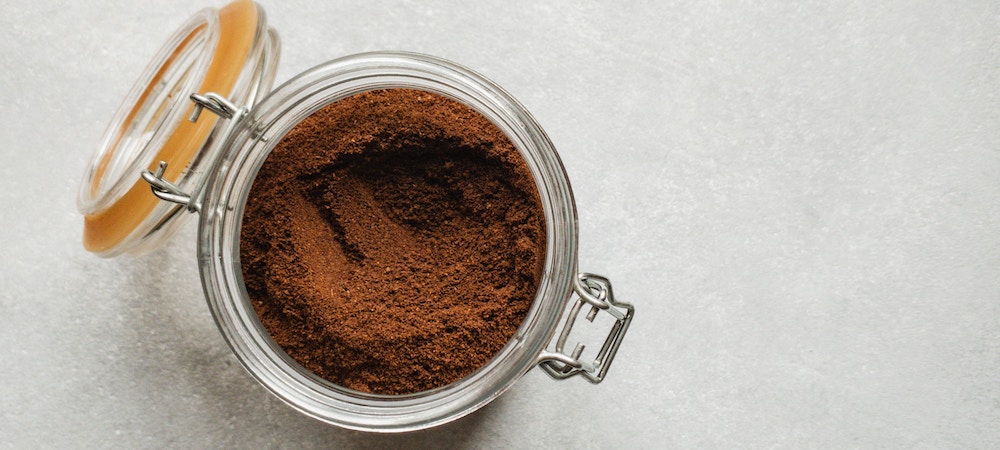How can cannabis help you with your pain problems?
Managing aches and pains is a fact of life that we all encounter. We can all relate to this struggle. For more than 1-in-5 of all Canadian adults, chronic pain impedes our ability to maintain a good quality of life. Many Canadians are asking about what cannabis can do to help with the complexities surrounding pain problems. You’ll be surprised by how many answers the scientific research has already answered.
Pain Problems in Life
When it comes to pain, there are a few key points to understand. Pain is a subjective experience, similar to sensations like touch and taste. But let us be clear, pain is genuine and a significant disturbance in so many Canadian lives.
The neurological underpinnings of pain involve ‘nociception.’ This term relates to the signals transmitted by our nerves in response to noxious and threatening stimuli. Nociceptors are the receptors that detect these noxious stimuli and send alerts to the brain.
This signaling occurs in response to potentially dangerous physical and chemical threats. When these neural signals reach the brain, they are filtered and translated to the sensation of pain based on the threat level.
There are distinct categories and types of pain problems. The significant distinction that readers should understand is the difference between acute and chronic pain. Acute pain is the direct and immediate response to damage or dangerous stimuli. It involves the short-term pain response that subsides as the tissue damage recovers. Think bruises, muscle damage, headaches, and more.
Chronic pain, on the other hand, involves long-term pain states persisting for more than three months. These problems are not directly related to healing tissues, as these tissues heal within this time. In other words, chronic pain is a complex condition that includes interactions between sensory, emotional, and cognitive components. The most common chronic pain problems are back and neck pain.
This distinction between acute and chronic pain is critical when discussing the role of cannabis in pain states. There is a big difference in the medical treatment of each and how we respond to them behaviorally. Furthermore, there are differences in how cannabis can help people suffering from each of these pain problems.
The Role of Cannabis
You may be wondering why cannabis is involved in discussions around pain. There is a wealth of research and data that explains the role of cannabinoids and the endocannabinoid system (ECS) in pain states.
The action of cannabinoids like THC and CBD on the human endocannabinoid system (ECS) is an area of growing research and discovery. Cannabinoids have been investigated for their role in pain states due to the high prevalence of subjective reporting of benefits.
It is well-established that the ECS plays a critical role in “the modulation of nociceptive and pain states.” As we discovered earlier, nociceptors transmit signals to the brain, where they are processed before a resulting sensation is felt or not. The ECS has a direct moderator role at each of the neuronal synapses in these pain processing pathways.
A neuronal synapse is a junction where nerves meet. Nerves transmit electrochemical signals that reach these synapses. If the signal is strong enough, it continues to be transmitted by the next nerve in the pathway. The ECS plays a role at this synapse, impacting the signal’s strength and whether it continues along the path.
These synapses are one of the central locations where we find cannabinoid receptors (CB1 and CB2). When a CB1 receptor is activated, it reduces neural signals’ strength and decreases signal transmission chances further down the pathway.
When it comes to acute pain, this pain-signaling generally functions as intended. When we injure our foot, pain signals help inform us that we need to rest and recover. On the other hand, the development of persistent pain problems is thought to be at least somewhat related to malfunctioning pain pathways. Put simply, the pathway may become over-reactive, producing pain signals when there is a lack of immediate threats or tissue damage.
This information helps you understand the ‘sensory’ interactions involved in the persistence of pain states. Emotions are another factor, as our state of being impacts how we perceive and respond to threats like pain. Finally, cognitive components play a role in what we think about this pain as these neural signals bounce around our brain. Each neural synapse involved in these cognitive networks contains cannabinoid receptors.
Cannabis and Acute Pain
Clinical studies have explored the role of cannabis and cannabinoids in the perception of acute pain. These studies have found that smoked or vaped cannabis and oral THC (edibles and oils) produces mixed results in acute pain states. That said, there appears to be a dose-dependent response in healthy human volunteers. Researchers found that lower doses of THC have an analgesic (pain-reducing) effect, while higher doses have a hyperalgesic (pain-enhancing) effect.
For consumers of cannabis, you likely have a good understanding of how cannabis enhances sensory experiences. It makes sense that painful sensory experiences can also be enhanced by cannabis, just like with taste or smell. And so, it appears that when it comes to incidents of acute pain, less is more—considering sticking with lower doses of THC if you are dealing with acute pain problems.
When it comes to responding to acute pain, the best response is generally rest. This is a specialty of cannabis, which is well-known to produce relaxation and promote sleep. So, it would seem that consuming enough cannabis to promote relaxation but not enough to ramp-up pain sensations would be the ideal middle-ground to seek.
You’ll generally want to find a great Indica to help you out for those seeking relaxation. Our Blackberry Gum and Ice Cream Cake are Indicas that can help you reach that couch-locking state needed to get you some rest.
Chronic Pain and Cannabinoids
As we’ve discovered, chronic pain is a much more complicated situation. These problems should not be dealt with alone. Strongly consider seeking medical attention to help address persistent pain problems. These health professionals can help you find the treatment options you need and determine whether medical cannabis is warranted.
In terms of research, THC and CBD has been shown to have an anti-nociceptive effect in multiple animals experiencing experimentally-induced chronic pain. In fact, “[t]he anti-nociceptive efficacy of cannabinoids has been unequivocally demonstrated in several different animal models of inflammatory and neuropathic pain.”
Persistent pain problems also have a profound impact on mental health and quality of life. These are two areas where cannabis can be beneficial if used responsibly. Cannabis produces euphoria, providing uplifting mental effects. It can also help reduce anxiety at lower doses, enabling us to settle down when we are stressed by chronic pain.
When trying to manage pain during the day, staying alert and functional is essential. Strains like our Wedding Cake and Lemon Z are fantastic sativas suitable for a daytime high. These strains can help provide the euphoric lift you need to help you get through your household chores and get some exercise.
Furthermore, getting proper sleep needed can be difficult when suffering from chronic pain. Cannabis has been shown to help reduce the time taken to fall asleep. Many medical cannabis users switch to an Indica strain when the evening arrives.
How Can Cannabis help?
We’ve learned about the vital distinction between acute and chronic pain problems. These two very unique states demand different responses.
For acute pain problems, cannabis can help you relax and promote recovery. The pain-reducing and sleep-promoting effects of cannabis can be attained with the right strain and the correct dose. And let’s not forget how the appetite-stimulating impact can help you get the nutrients your injured body needs.
Chronic pain is incredibly complex and should not be suffered alone. We strongly encourage all chronic pain sufferers to seek professional assistance to determine whether medical cannabis is right for them. While rest is also crucial in these situations, it is critical for persistent pain sufferings to get what exercise they can while eating right and sleeping well. Cannabis can be used to promote these health activities and help you manage your chronic pain problems.
As with all of these findings, the dose size is critical and should be carefully monitored. Consider keeping a cannabis diary to track how much you consume and what effects occur. Doing this simple task can help you learn the correct dosage for the problems that plague you.
Finally, the goal should always be to use the least cannabis possible to acquire the relief you need. Beyond monitoring your usage, the next best thing you can do is find the right strains that help you. Here at Weed Me, we cultivate the best variety of strains with consumers and users like you in mind. We understand how much pain sucks, and we want to help Canadians suffer less from pain problems.




